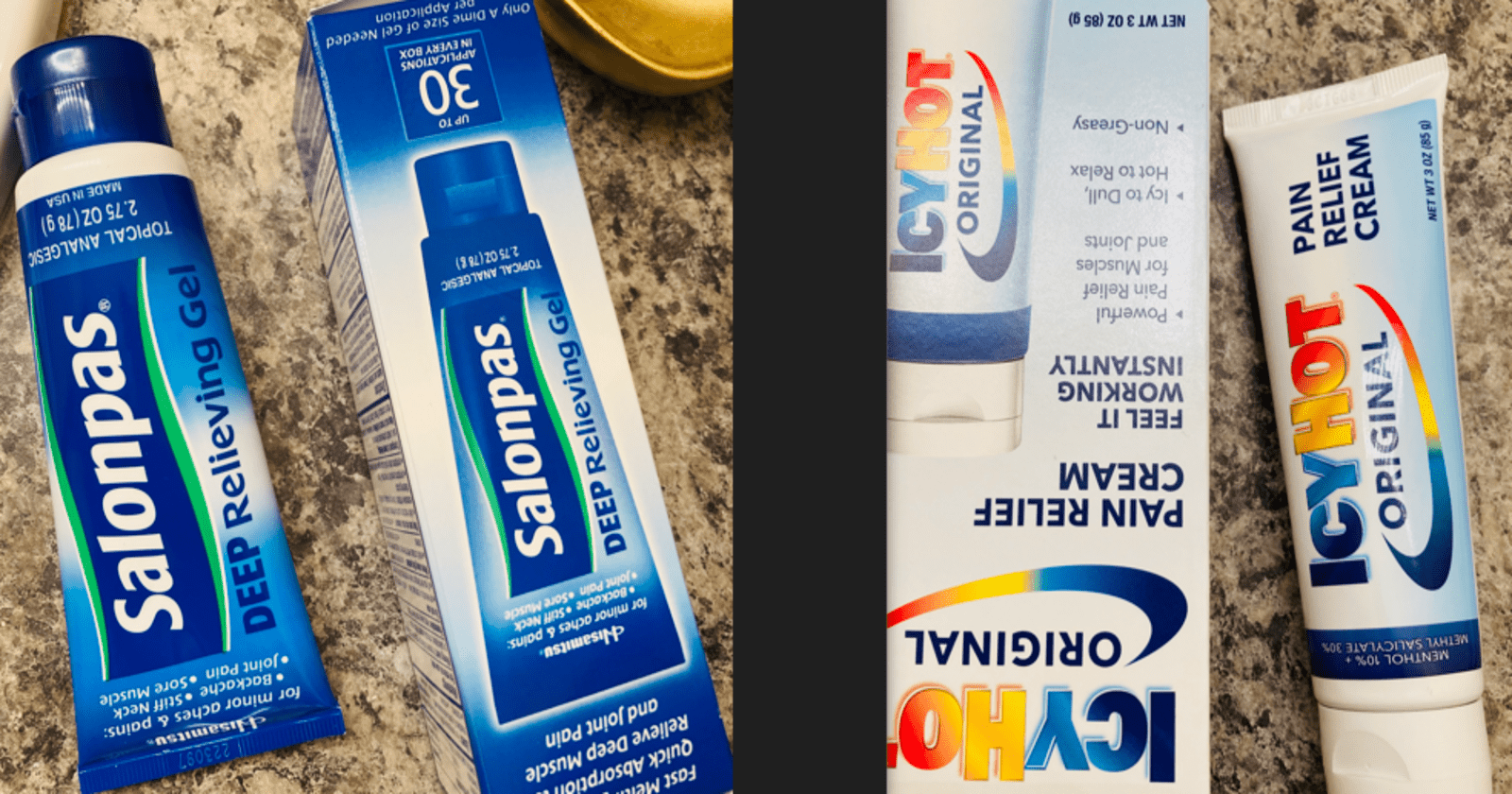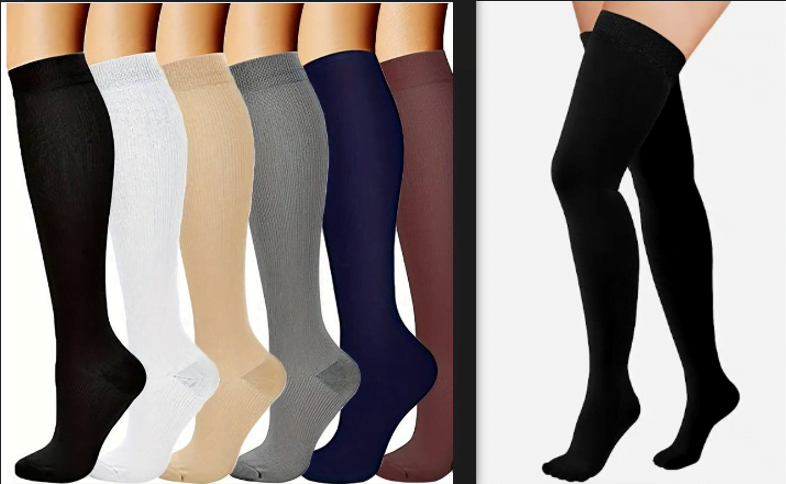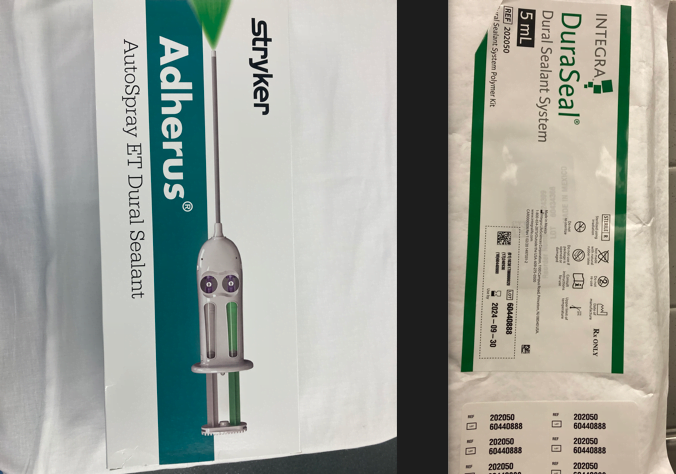Your cart is currently empty!
Category: Medical Devices

Surgicel NU-KNIT – Uses, Applications and Visual Examples
NU-KNIT Surgicel is an Oxidized regenerated cellulose (ORC) type of material produced through a process where cellulose is chemically modified and oxidized to create a material with unique absorbable Hemostat properties. It consist of a matrix that encourages platelet adhesion and aggregation to stop bleeding. Commonly used in medical applications, particularly in surgery, as a…

Darkfield vs Brightfield Microscopy | Types and Facts
The difference between brightfield and darkfield microscopy is their illumination method, with brightfield using direct light through the specimen for a dark-on-light image and darkfield using light from the sides for a bright-on-dark image. Brightfield requires staining for contrast in transparent samples, whereas darkfield naturally enhances contrast without stains. While brightfield excels at detailing absorbing…

Inverted Microscope vs Upright Microscope
An Inverted microscope unique feature is that the objective lens is positioned below the specimen, while the light source and condenser are above. Its light source and condenser position above the stage, directing light downward, while the objectives and turret are situated below the stage, pointing upward, versus an Upright microscope is a type of…

ChloraPrep vs DuraPrep: differences, uses, safety tips
ChloraPrep and DuraPrep are both medical skin preparation solutions used to disinfect the skin before surgical or medical procedures. While ChloraPrep contains chlorhexidine gluconate and isopropyl alcohol, DuraPrep has iodine povacrylex and isopropyl alcohol as its active ingredients. The choice between the two depends on the specific needs of the procedure, as they differ in…

Fracture Bedpan vs Regular Bedpan: Features, differences, when to use
Fracture Bedpan is typically designed smaller, with a tapered end to make it easier to go under from the front diminishing the need to turn the patient, it is used for patients with limited mobility or those recovering from fractures to use without causing discomfort or exacerbating injuries. Regular Bedpan on the other hand has…

Hemovac vs Wound Vac Drain
A Hemovac drain, classified as a closed suction drain, that is inserted into a surgical wound to facilitate the drainage of blood and fluids while a wound vac functions as a negative pressure device, employing Vacuum-assisted closure as a therapeutic approach to enhance the healing of wounds. In wound vac treatment, the device reduces the air pressure around the wound, promoting…

Salonpas vs Icy Hot: differences in these pain relief
Salonpas a pain relief that reduces inflammation and pain at the affected area related to muscle strains, arthritis, backaches. Icy Hot a pain relief that provides relief from minor aches and pains related to muscle and joint issues. Salonpas and Icy Hot are both renowned topical analgesic solutions designed to alleviate muscle and joint discomfort.…

Filtered Needle vs Blunt Needle vs Regular Needle
Filtered needles have filters used to trap particulates or matter. Blunt needles don’t have filters and are not used for skin or tissue infiltration. Regular needles don’t have filters and are used for skin and tissue penetration. Filtered hypodermic needles, blunt needles, and regular needles are three different types of needles commonly used in healthcare settings. Each…

Obsidian Blade VS Steel Blade
Obsidian blades are crafted from volcanic glass by flintknapping, where as steel blade is a metal alloy primarily composed of iron and carbon, with varying amounts of other elements like chromium, nickel, and more. Steel blades are formed through processes like forging, grinding, and heat-treating. This allows for a wide range of hardness, sharpness, and…

Number #10 Surgical Blade vs Number #15
The #10 blade has a curved cutting edge, resembling a small crescent or half-moon shape. The #15 blade has a small, pointed, and triangular shape, used for making small, precise incisions in tight or confined spaces, such as in podiatry or ophthalmic procedures. It’s also used in delicate plastic surgery procedures. Surgical blades are used…

Compression Sock vs Compression Stocking
Compression socks reaches below the knee, provide graduate pressure to support venous return, alleviate discomfort associated with edema and varicose vein. Compression stocking extend above the knee up the thigh ,used for more severe venous insufficiencies or post-operative recovery, promote better blood flow from the lower extremities back to the heart and prevent clots in…

Neptune Suction vs Medical Suction
Neptune 3 is a negative pressure suction waste management system use in the operating room designed to securely handle surgical waste fluids. By seamlessly collecting, transporting, and disposing of these fluids, it enhances safety for medical staff and optimizes operational efficiency within the operating room. A medical suction is a negative pressure suction that operate…

Adherus vs DuraSeal
Adherus and Duraseal are two prominent adhesive technologies that have revolutionized various industries, particularly in the medical and automotive sectors. These cutting-edge solutions have garnered significant attention for their distinct properties and applications. Adherus, known for its exceptional bonding capabilities, has found its niche in surgical procedures, offering a secure and reliable method for tissue…

Vicryl Suture vs Vicryl RAPIDE Suture
VICRYL Suture is a synthetic absorbable violet dyed or undyed suture made of Polyglactin 910 compound, use in hospitals and trauma centers to close surgical wounds and indicated for general soft tissue wound ligation and closure except for cardiovascular and neurological tissues. Absorption Rate 56-70 days. VICRYL RAPIDE is a suture made from the same…

O-Arm vs C-arm
A C-arm is a medical imaging device with a C shape that provides fluoroscopic X-ray images in real-time versus an O-Arm which is a type of intraoperative 3D imaging device with an O shape, that provides real-time, high-quality, 3D images of the patient’s anatomy during surgery. C-arms are more general-purpose more Versatile, mobile, and widely…

Indwelling Foley catheter vs Supra-pubic catheter
Indwelling Foley catheters and supra-pubic catheters are medical devices employed to facilitate the drainage of urine from the bladder. The Foley catheter is a flexible tube inserted through the urethra into the bladder, secured by a small inflatable balloon. This catheter is typically used for short-term urinary drainage. Conversely, the suprapubic catheter is inserted through…

Council tip Foley catheter vs coude Foley catheter
Council tip Foley catheter has a whole on both side of the catheter tip, a small hole at the end, which allows them to be threaded over a guide wire vs Coude catheter which has only one hole on the side of the tip, cannot be threaded, a curved or bent tip, designed to navigate…

Belmont rapid infuser vs level 1 rapid infuser
Level 1 Rapid Infuser Belmont Rapid Infuser Both the Level 1 Rapid Infuser and the Belmont Rapid Infuser are essential medical equipment in managing clinical shock. They are specifically designed to rapidly infuse warmed blood and crystalloid fluids into a patient’s circulatory system. This swift intervention is crucial in stabilizing patients who are experiencing shock…

Jackson table vs Wilson frame
The Jackson Table is a specialized operating room table designed for spinal surgeries and procedures where precise positioning of the patient is crucial. Unlike the Jackson table that is an actual Operating room bed that comes with many attachments, the Wilson frame is a medical device use for surgical procedures that requires a patient to…

Robotic surgery vs Laparoscopic Surgery
In robotic-assisted surgery, the surgeon controls robotic arms equipped with surgical instruments from a console. The system translates the surgeon’s hand movements into precise movements of the instruments inside the patient’s body. In laparoscopic surgery, small incisions are made in the abdomen through which a camera (laparoscope) and surgical instruments are inserted. The surgeon performs…



















